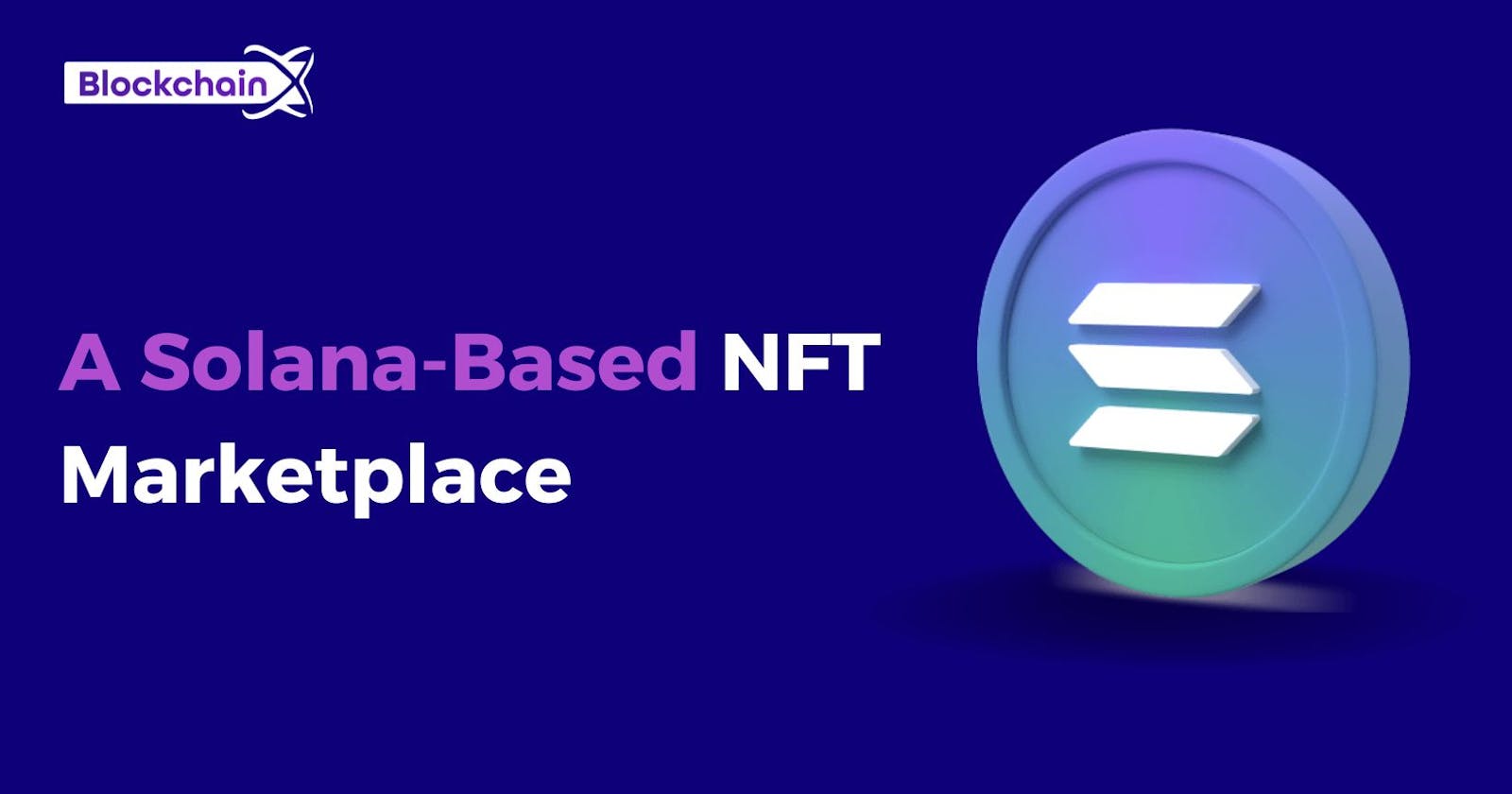Users can purchase, sell, or trade non-fungible tokens (NFTs) on the Solana blockchain using a decentralised marketplace that is built on the Solana platform.
Digital assets that cannot be duplicated include NFTs. They can be bought, sold, or traded like any other asset and can represent anything from digital art to in-game items.
A high-performance blockchain that can handle thousands of transactions per second is the Solana blockchain. It is therefore the perfect foundation for creating a decentralised market for NFT marketplace development . The Solana blockchain’s primary benefit is that it enables low-cost, nearly instantaneous transactions. This enables the creation of a quick, effective, and inexpensive marketplace for users.
How to Create a Solana NFT Market
Step 1: Determine the NFT Market Type
As a first stage, decide what kind of NFT Marketplace you want to create based on your end purpose. NFT Markets typically come in two types:
Comprehensive NFT Market: Nearly all NFTs, including artwork, video games, collectibles, sports, music, etc., are traded on this kind of NFT platform. As a result, it serves as a forum for all NFT buyers and sellers.
Concentrated NFT Market: Only specific NFT kinds are exchanged on this kind of NFT platform. Consider an NFT platform, like NBA Top Shot, that is solely devoted to NBA sports collectibles. As a result, it is a specialised platform that caters to and supports only specific NFT buyer and seller types.
It is clear from the foregoing that the technology platform draws users who are extremely focused and focussed, whilst the generalist platform can draw in more users. In light of the needs and goals of the organisation, you therefore have the last word.
Step 2: Select the Features of the NFT Marketplace
List the features you’d want to see in the NFT Marketplace now that you’ve selected what kind of NFT Marketplace you want. You may add a lot of features to your NFT Marketplace to make it successful, but let’s look at some of the more well-liked ones first:
Popular NFTs: Based on the quantity of bids or views, a list of the top NFTs is available to all platform users.
Top buyers and sellers include: The top buyers and sellers of NFTs can be ranked according to how many NFTs they have purchased and sold.
A user’s previous bids: Every user has access to their historical bids as well as the current performance of those bids.
Send alerts: You can send push notifications for each user’s activity on the platform, such as after a successful bid on an NFT, the purchase or sale of an NFT, the addition of money to a user’s wallet, and so forth.
Users can use the search bar to hunt for specific NFTs, or they can use it to look for NFTs in general.
Step 3: NFT Development Company’s Selection Process
It’s time to consult specialists now that you have a list of features you want your NFT Marketplace to include and know what kind of NFT Marketplace platform development you want.
Step 4: Decide on a means of earning money.
You should sit down with your newly recruited NFT developer from an NFT Development Company and decide on a great revenue stream. There are numerous methods for doing this, however the following are the most typical ones:
Step 5: Create the NFT Marketplace’s front and back ends.
It is now time to start building the NFT Marketplace, which serves as the process’s skeleton. At this stage, everything from UI/UX to writing the logic of the smart contracts that make up the NFT Marketplace take place. Therefore, building a fully functional NFT Marketplace requires a lot of work. Consider creating a Whitelabel NFT Marketplace instead since it is simpler to do so and involves less work.
Step 6: Launching and Beta Testing
Your NFT Marketplace is now all constructed, but you still need to complete one more step before launching it. Beta testing is required to ensure that there are no errors or issues with the NFT Marketplace. Because your NFT Marketplace may be seriously threatened by hackers if you fail to address any security weaknesses.
You can finally open the NFT Marketplace if the most exhaustive testing turns up no issues. If the contrary occurs, you should do beta testing first, fix the bugs, and then repeat the process until the test results are bug-free.
Step 7: Customer Care and Upkeep
It’s time to offer customer support and do routine maintenance on your NFT Marketplace now that it has been launched. It is the last phase, but it is also the most important for the development of your NFT marketplace. Therefore, your NFT Marketplace development service will only scale up and may expire if you don’t have a customer care team that responds to consumer inquiries and if you don’t regularly maintain and upgrade your software.
Conclusion :
Finally, Solana is a force to be reckoned with when it comes to NFT Marketplace Development. You should now have a better idea of what it takes for NFT Developers to create an NFT marketplace on Solana after reading this comprehensive guide. We sincerely hope that you found this guide to be useful and that you’ll put what you’ve learned to use in building a successful NFT market.
